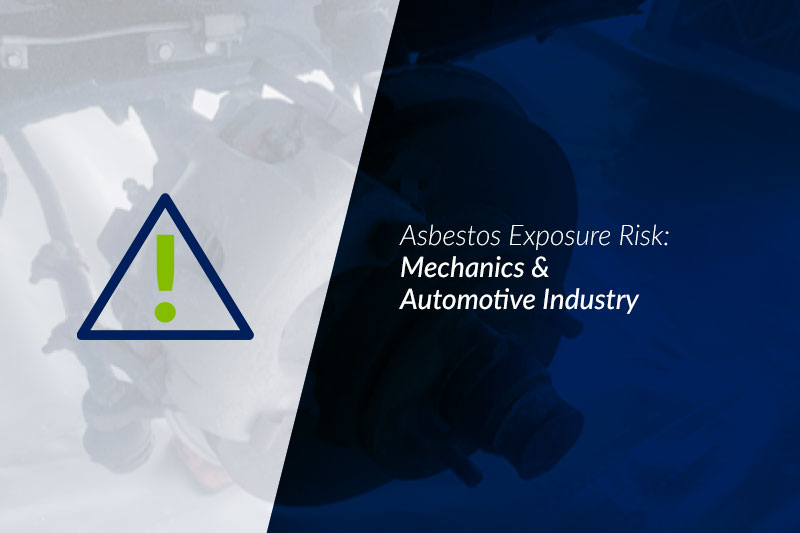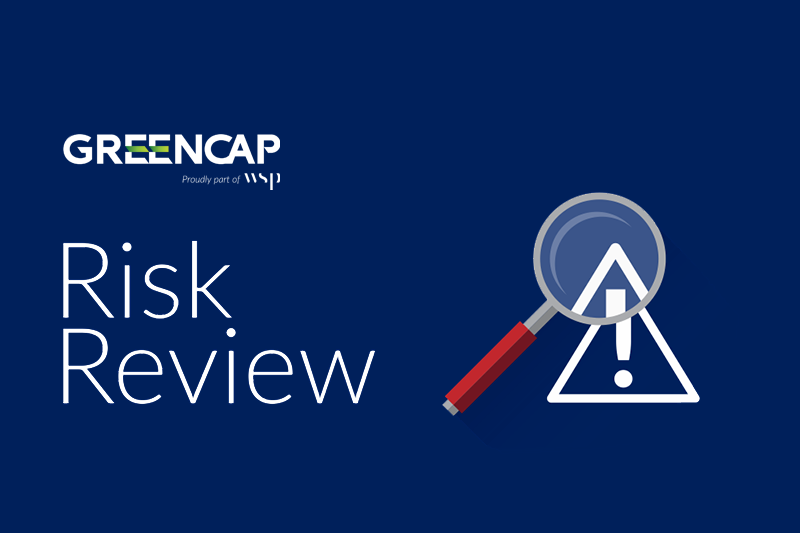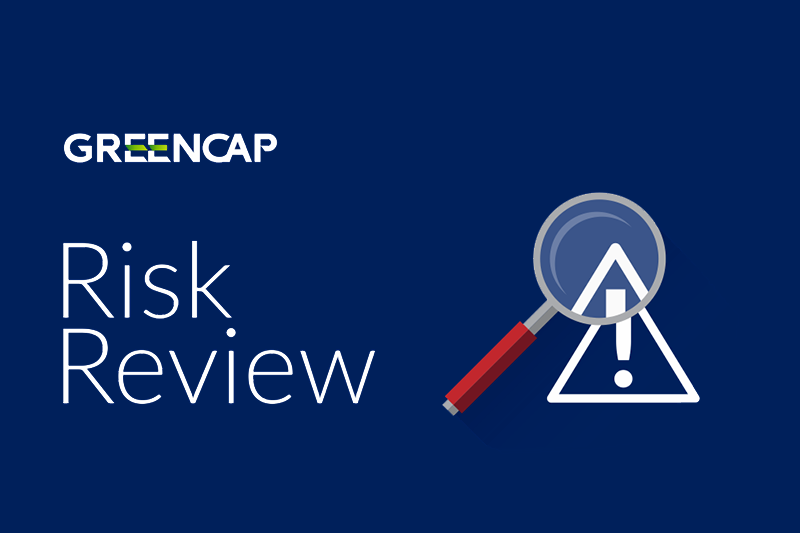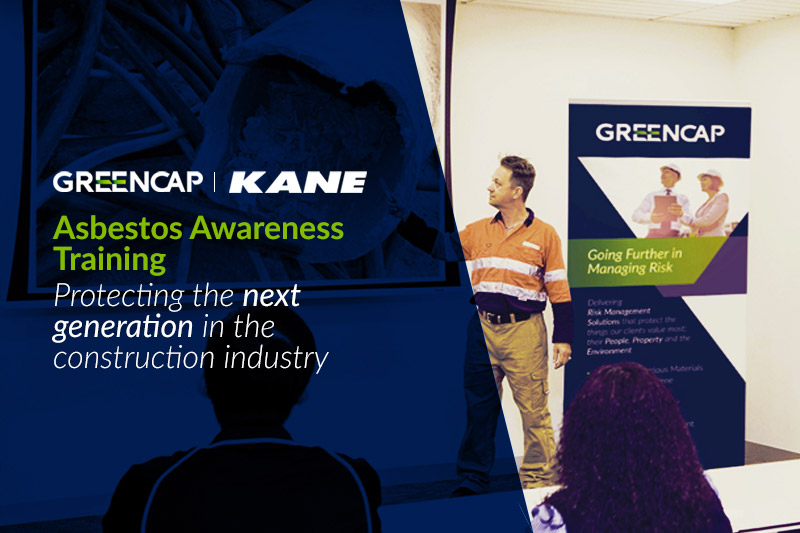News & Insights
Asbestos Exposure Risk: Mechanics & Automotive Industry
Did you know that car brakes used to contain asbestos? Due to asbestos’s fire durability, it was at one stage deemed an efficient material to utilise in this part of the vehicle. Most cars made prior to 2003 are likely to contain asbestos. As a result, car enthusiasts and automotive workers that frequently work on older cars are at a higher risk.
Over 3000 products, including construction materials and vehicle components also contain asbestos. Asbestos is not restricted to cars. Asbestos Containing Materials (ACM) has been used on all types of vehicles including trucks, motorcycles, tractors, buses, trains, cranes and marine vessels.
Risks of Asbestos Exposure
Exposure to airborne asbestos fibres can lead to many health issues, such as asbestosis, lung cancer, pleural disorders, or malignant mesothelioma. Approximately 4000 Australians die each year (approx. 11 per day), and around 2 people are diagnosed with mesothelioma every day in Australia (700 per year). Avoiding unnecessary exposure to airborne asbestos fibres, for the individual, for workers and for the business, is important in the prevention of these illnesses.
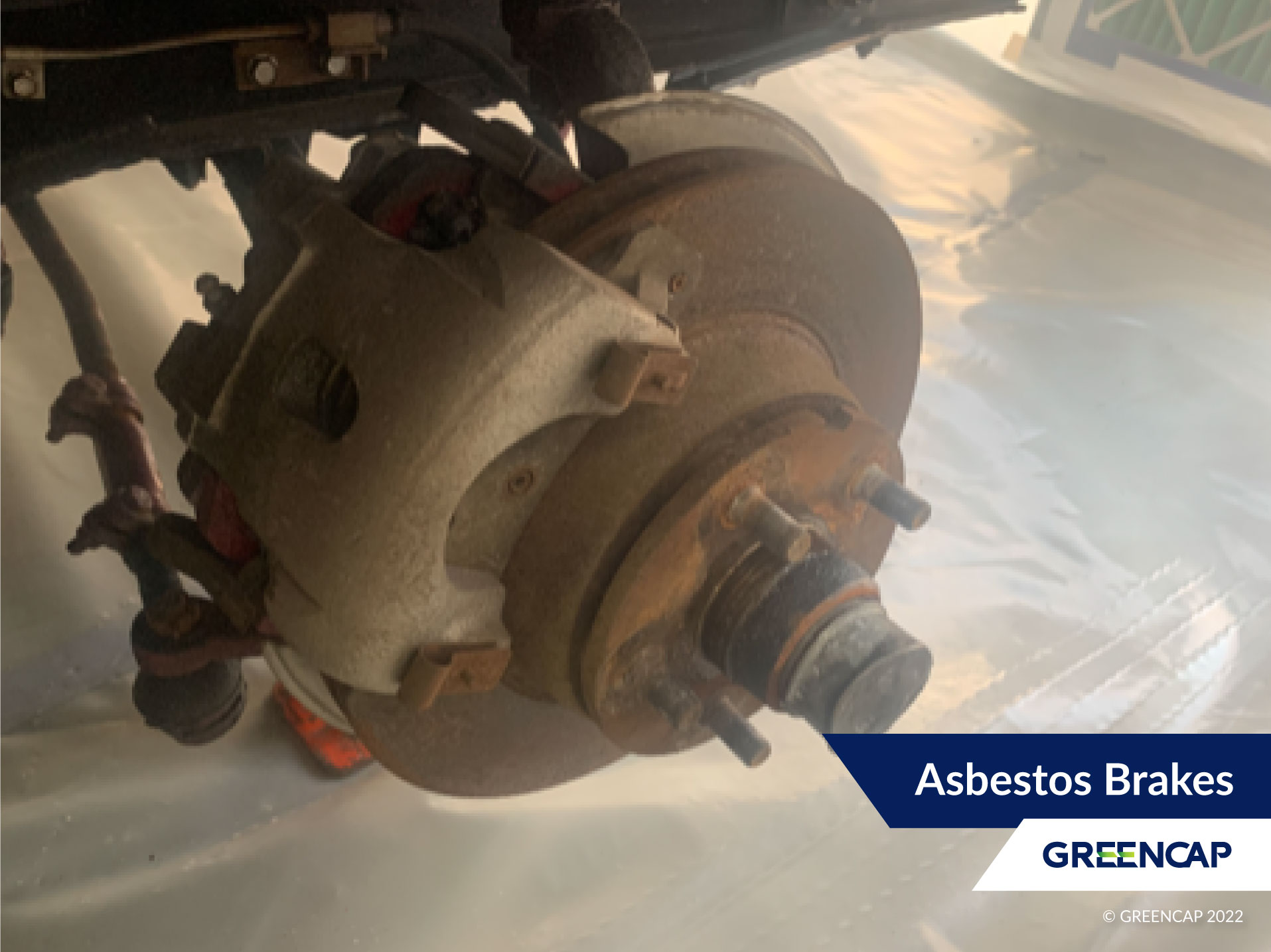
Asbestos in the brakes of an older vehicle © Greencap
The Commonwealth Customs (Prohibited Imports) Regulations 1956 legislated a prohibition from 31 Dec 2003, on the import, use, sales, reinstallation of ACM.
Asbestos containing brakes and gaskets are still manufactured in countries such as China and India, and are sold around the world. A quick online search uncovers the many products still manufactured with asbestos in these countries.
If the asbestos content is below a certain level, or present in trace amounts of raw materials, it may be tolerated internationally. However, these levels set by other countries are not accepted at the Australian border. The Australian Border Force (ABF) will not permit any amount of asbestos in any goods imported into Australia.
Mechanics and importers need to be scrupulous when purchasing aftermarket replacement parts from overseas.
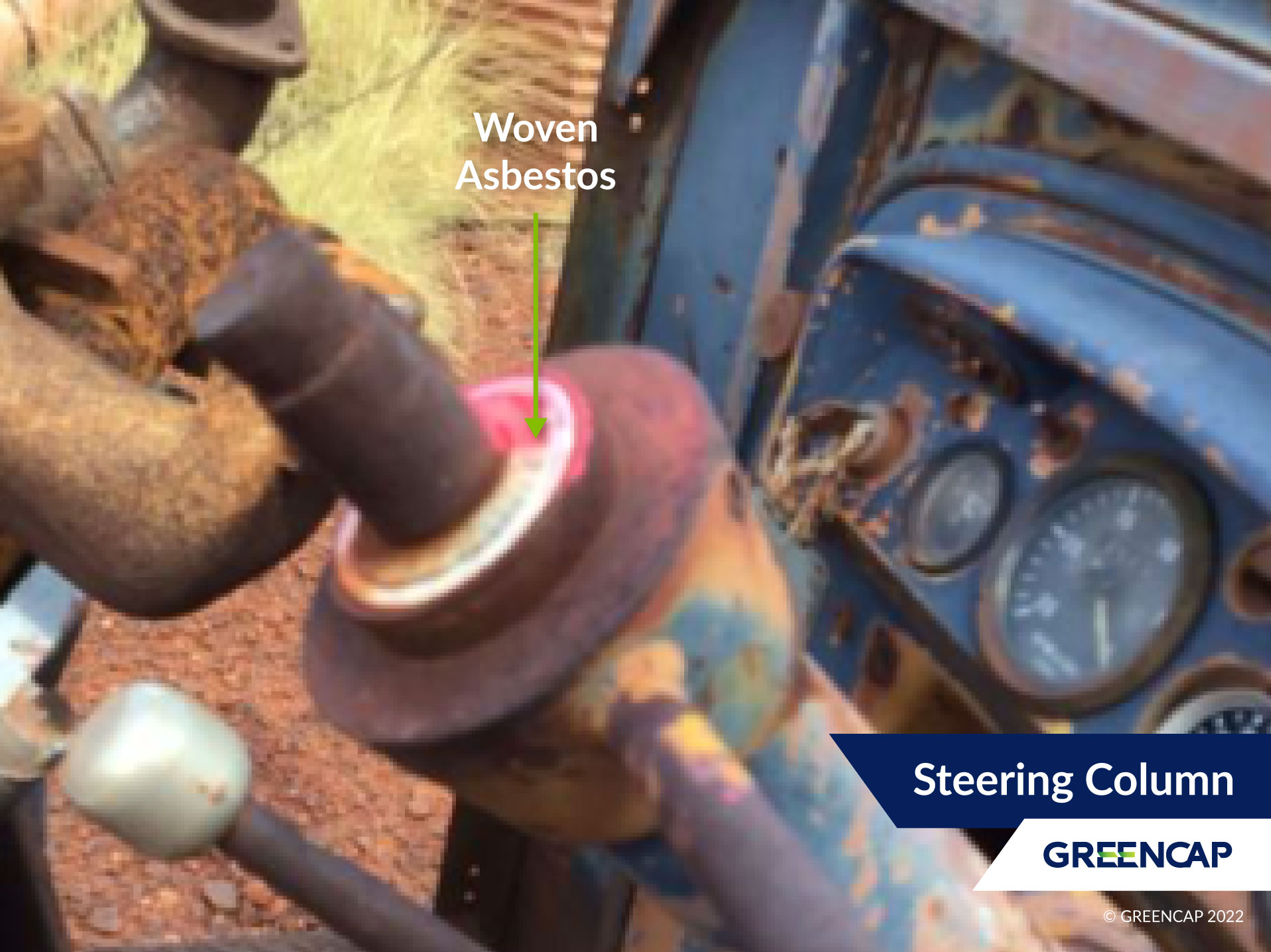
Woven asbestos found in a steering column in an older vehicle © Greencap
Where can asbestos be found in vehicles?
The following are examples of where asbestos might be found in older vehicles and has been sourced from multiple sites, inspected by Greencap asbestos auditors and sample analysed by Greencap’s NATA accredited laboratories across the country.
|
Friction
Seals
Bituminous coatings /asphalt (sound deadening)
Gaskets
|
Other Valve rings Heating /air conditioning hoses Fibrous washers Fire walls Heat shields Wire wrap/sheath Old spark plugs Mufflers and Muffler Repair Compound Decals/stickers Plastic asbestos parts (such as seat bases and battery holders) Exhaust system insulation Flat and rope
|
The above list is non-exhaustive, and is an example only. The way asbestos was utilised became creative and it can be found in a myriad of places that are not always easily identified.

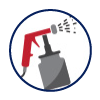

Friction brakes, bituminous coatings and gaskets can all contain asbestos in older cars.
Importing vehicles & parts
Both vehicles and parts are imported on a daily basis. The importer of a vehicle (the ‘owner’ for the purposes of importation) must know the history of the vehicle to ensure it does not contain any asbestos before it is shipped. This applies whether the importation is for commercial or private purposes, or of a temporary or permanent nature.
When sourcing parts, look for parts that have substitute ingredients such as flexible graphite, aramid pulp, polytetrafluoroethylene (PTFE) or ceramics. The Asbestos Safety and Eradication Agency (ASEA) advises to be wary of general raw material descriptions such as ‘mineral fibres’ or ‘other materials’. If the goods are addressed to you, then you are the responsible importer.
For more comprehensive information, please refer to the Australian Border Force’s reference material, including: Managing the Risk of Asbestos when importing a motor vehicle, How to Import - Importing a motor vehicle and ASEA’s Motor vehicles and parts
It can be difficult to know if a component contains asbestos by simply looking at it. The only way to be sure is to have a sample tested by a NATA (National Association of Testing Authorities) accredited laboratory approved to test for asbestos, such as Greencap.
Handling
Prior to commencing work on a vehicle always check if asbestos is present. If there is any uncertainty, assume asbestos to be present and handle appropriately. Guidance can be found for inspection friction materials such as brakes and clutches in the SafeWork Australia’s How to manage and control asbestos in the workplace Code of Practice.
Check the manufacturer’s specifications for the vehicle or part. Or ask an asbestos professional (such as Greencap) for advice and have a sample tested.
You must wear respiratory protection and minimise the creation and disturbance dust when working on suspected or known ACMs. All asbestos waste must be double bagged and lawfully disposed of as asbestos waste at a landfill approved site that accepts asbestos waste in your state or territory.
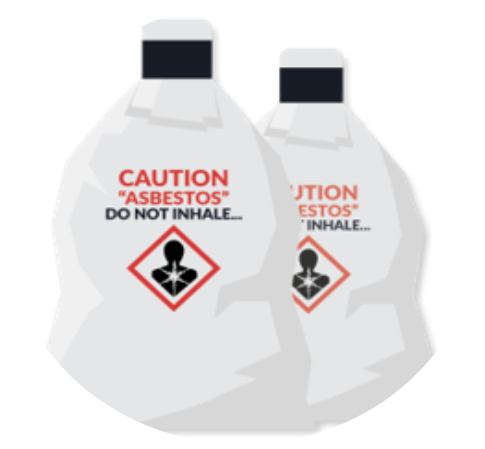
Training
Anyone working in an industry where asbestos was historically used, or is reasonably predicted to encounter or manage asbestos should have received asbestos awareness training. Greencap has been providing asbestos related services and training since 1984, such as face to face training, virtual face to face training and online training. Trainers are available in each mainland state, and the NT.* Greencap specialises in bespoke training, ensuring it is relevant to the industry and company situation.
Greencap proudly donates $5 from every online course enrolment towards Reflections to help reduce the impact of asbestos on the community.
* Greencap training is not suitable for work in the Australian Capital Territory (ACT).
![]()
Learn in depth about asbestos labelling and signage requirements and more in Greencap's Online Asbestos Awareness Training course
How Greencap can help
Greencap has built a wealth of experience and expertise since its beginning as an asbestos consultancy in 1984. Partnering with clients, Greencap assists in the development of a range of systems and risk control strategies to meet compliance requirements, provide effective solutions to manage asbestos and identify hazardous materials risk issues in the workplace.
Greencap can assist with a wide range of tasks to assist your project, from the initial identification of hazardous materials, through to risk assessment/management advice, project management of removal works and air monitoring/clearances.
Request More Information



Greencap acknowledges the Traditional Owners of Country throughout Australia and recognises their continuing connection to land, waters and culture. We pay our respects to their Elders past, present and emerging.

